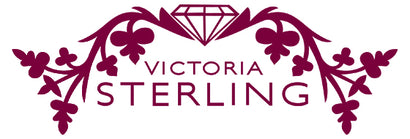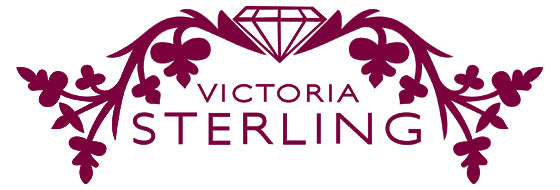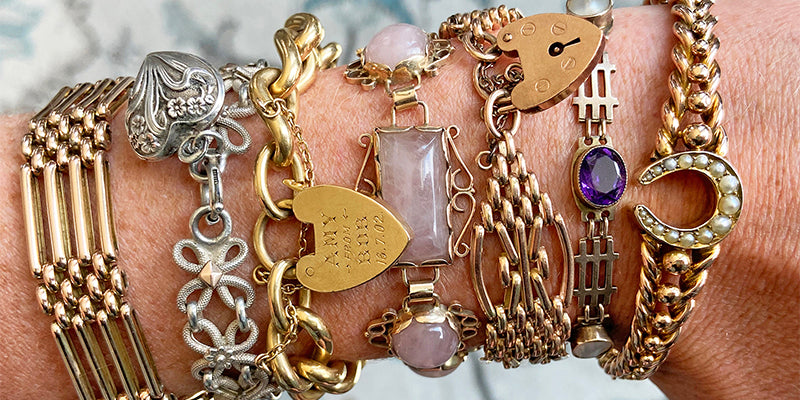Art Nouveau
Art Nouveau architecture, furniture, jewelry, and graphics took their inspiration from the curving shapes and flowing lines of flowers and the female form. Some Art Nouveau adaptations of nature and the human body were literal while others were more abstract. The Art Nouveau style was influenced by creative output of numerous cultures—from Japanese woodblock prints to linear Celtic patterns to elegant Islamic designs.
Though commonly associated with French artists such as Emile Gallé and Czech artists like Alphonse Mucha, the first reference to the term Art Nouveau occurred in the 1880s when a Belgian journal called L’Art Moderne used it to describe the work of 20 painters and sculptors. Les Vingt, as they were known, saw their work as a vehicle for social reform. Their goal was to break down the barriers between so-called high art (painting and sculpture) and the applied arts (craft) to create a unified aesthetic that would be spiritually uplifting to people of all classes.
Sometimes Art Nouveau transformed familiar forms into something entirely new. For example, the serpent jewelry that had been so popular in England during the Victorian era was now studded in enamel on bodies of gold. René Lalique, whose glass forms were Art Nouveau icons, turned his attention to dragonflies to create brooches and pins—Lalique’s insects often had female torsos and bejeweled, iridescent wings of enamel and gold.


